
Often depicted as a neglected and isolated region, Balochistan, Pakistan’s largest yet sparsely populated province, offers a more nuanced story. This portrayal, driven by historical grievances and ongoing conflicts, does not fully capture the province’s potential and recent advancements. Howeer, a deeper look on the demographics, resources, and current developments in Balochistan, offers a more optimistic and complex perspective.
Population Dynamics and Regional Context
As of 2024, Pakistan, with a population of approximately 242 million, ranks as the fifth most populous nation globally. Balochistan, housing about 12 million people, represents roughly 5% of the national population. This province is ethnically diverse, including Baloch, Pashtoon, Brahvi, Hazara, and other communities. Contrary to the simplistic view of Balochistan as a homogeneous entity, this demographic complexity highlights a more intricate socio-political landscape.
Balochistan shares a 909-kilometer border with Iran, where Baloch people are a minority. Given Iran’s firm stance against separatism, the idea of an ‘Independent Balochistan’ remains largely impractical. Despite some media narratives, the feasibility of such an independence movement, remains to be a distant dream, due to limited international support and internal disunity. Historical secession attempts, as noted by organizations like the International Crisis Group, have largely been symbolic rather than substantive.
Economic Potential and Infrastructure Development
Balochistan’s significant potential lies in its untapped resources and strategic location. Province remains to be pivotal to the China-Pakistan Economic Corridor (CPEC), notably through Gwadar Port’s development. Gwadar, with its projected capacity of 300 million tons of cargo annually, is set to enhance regional connectivity and trade, transforming Balochistan into a crucial maritime hub, besides job creation and economic growth.
The province’s mineral wealth, including the Reko Diq Project with estimated reserves of 5.9 million ounces of gold and 41.5 billion pounds of copper, alongside other minerals like coal and gypsum, underscores its economic potential. Additionally, the Quetta Valley’s agricultural potential, despite arid conditions, offers opportunities for improving irrigation and farming practices through initiatives like the Balochistan Agriculture Project.
Balochistan’s Blue Water Economy, centered around Gwadar, further enhances its economic prospects. Gwadar Port’s strategic position on the Arabian Sea, boosts maritime trade, logistics, and tourism, with anticipated infrastructure expansion thus creating thousands of jobs besides spurring regional economic activity.
Human Capital and Development Challenges
Balochistan’s hardworking population represents a valuable asset that can be leveraged through investments in education and vocational training. However, challenges such as security issues and infrastructure deficits, hinder development efforts. Security concerns, driven by terrorist groups like the Balochistan Liberation Army (BLA) and Baloch Republican Army (BRA), have disrupted infrastructure projects and deterred foreign investment, inflating costs and creating obstacles for progress.
Political engagement in Balochistan is often overshadowed by narratives of neglect. Major political parties of Pakistan, including Pakistan People’s Party (PPP), Pakistan Muslim League-Nawaz (PML-N), and Jamiat Ulema-e Islam (JUI), have historically been active in Balochistan’s politics. In addition, several prominent Baloch leaders have been holding key positions at both provincial and national levels. This involvement reflects a level of political integration that counters the narrative of systemic neglect.
Geographically, Balochistan’s vast area, covering about 44% of Pakistan’s territory, combined with its relatively small population, presents unique governance and infrastructure challenges. Addressing such issues requires improved infrastructure and connectivity to counter separatist narratives and support development. While separatist groups exploit claims of deprivation, significant progress in infrastructure, education, and health services, demonstrates ongoing development in the province.
Despite persistent security and infrastructure challenges, ongoing investments and projects in Balochistan highlight a commitment to realizing the province’s potential. By focusing on targeted policies and better governance, the narrative of isolation and neglect can be addressed, revealing Balochistan’s true promise as a vital driver of Pakistan’s future growth.
Balochistan is a vibrant part of Pakistan and Federation always remains ready to support Balochistan in various developmental projects. The gross disparity in the income and expenditure of this province is regularly made up by the Federal Government. It remains important to keep Balochistan harnessed in the mainstream and ensure no feelings of mistrust, deprivation or neglect are allowed to be developed.
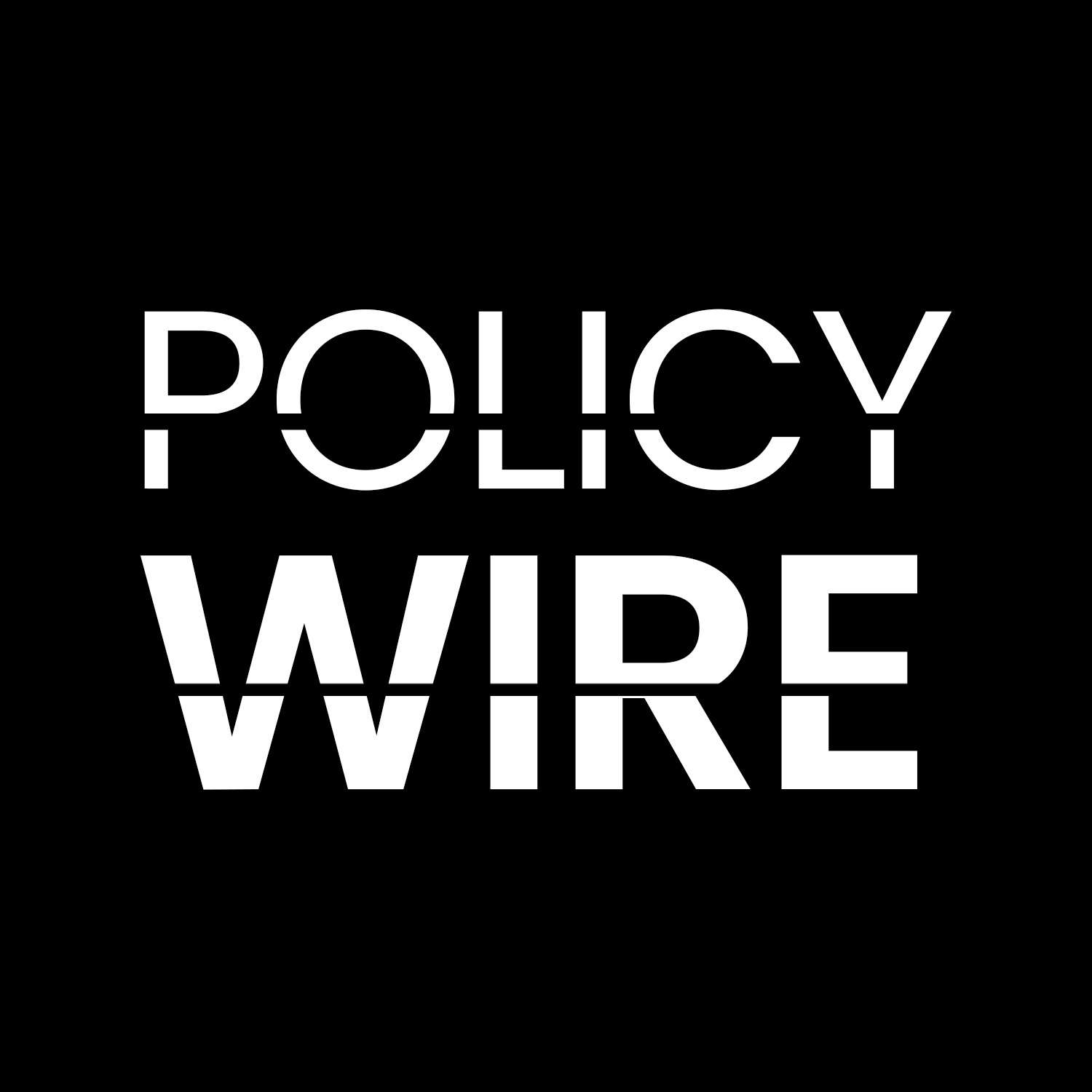


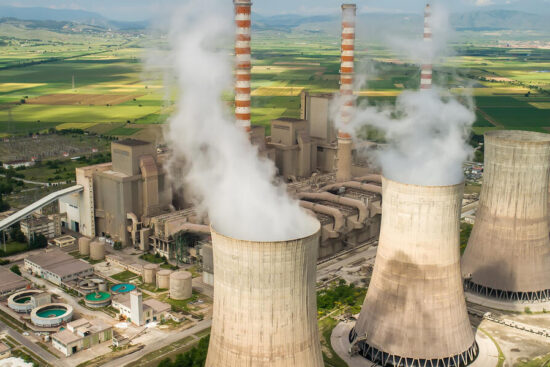
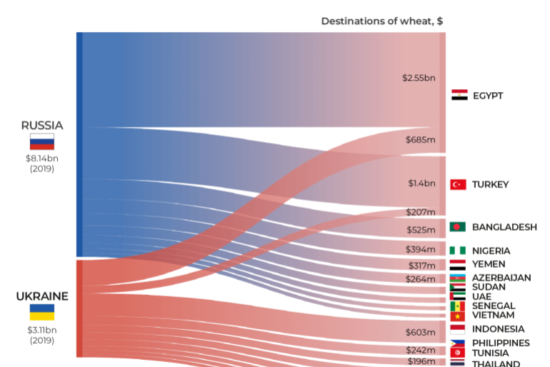



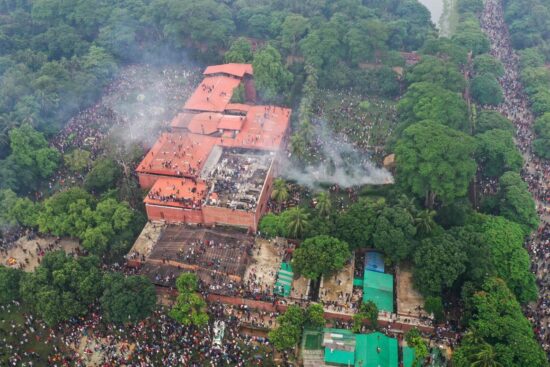
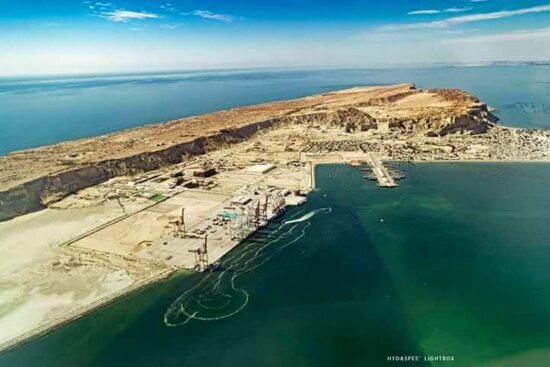









Leave a Reply